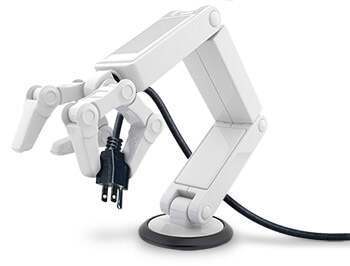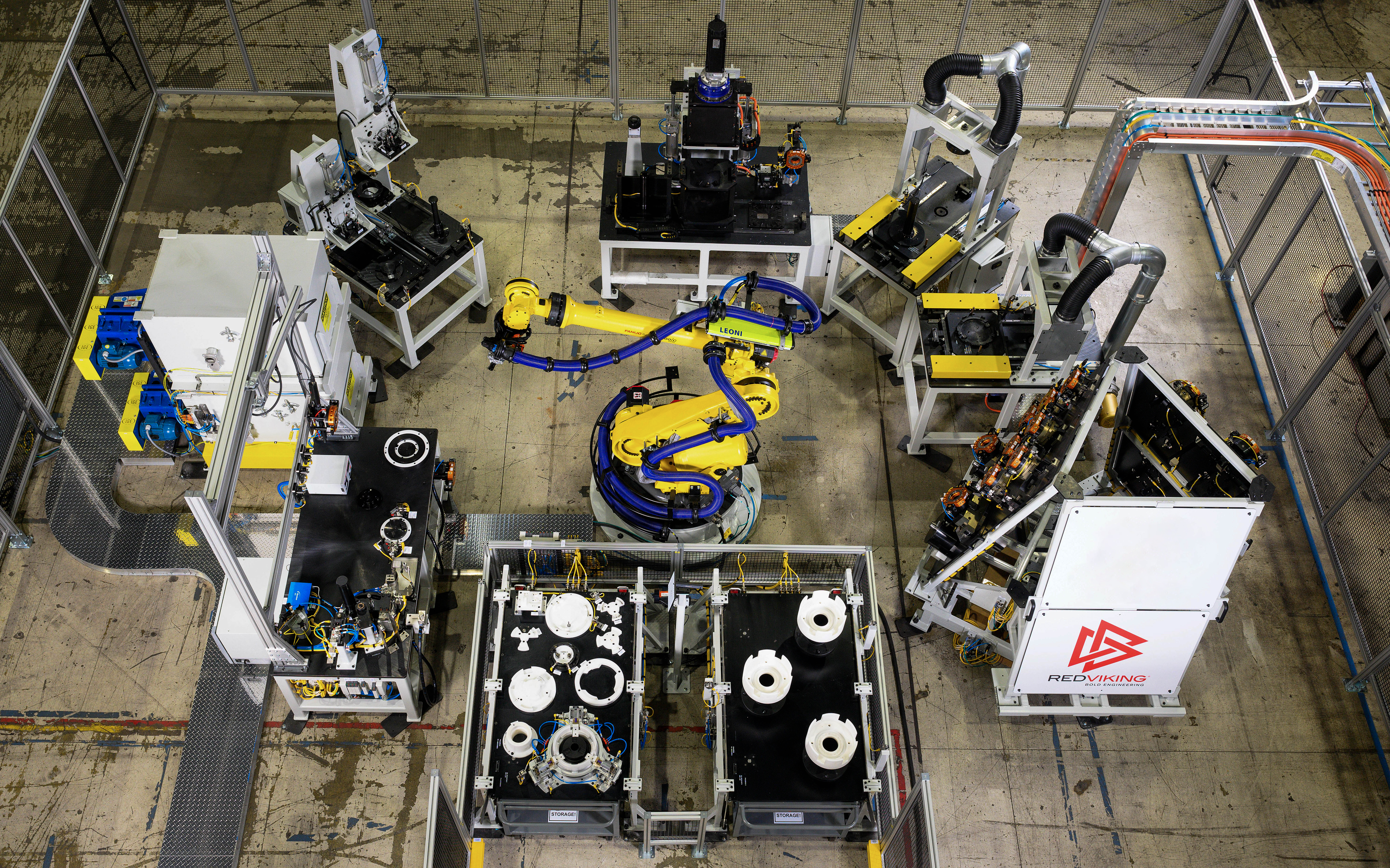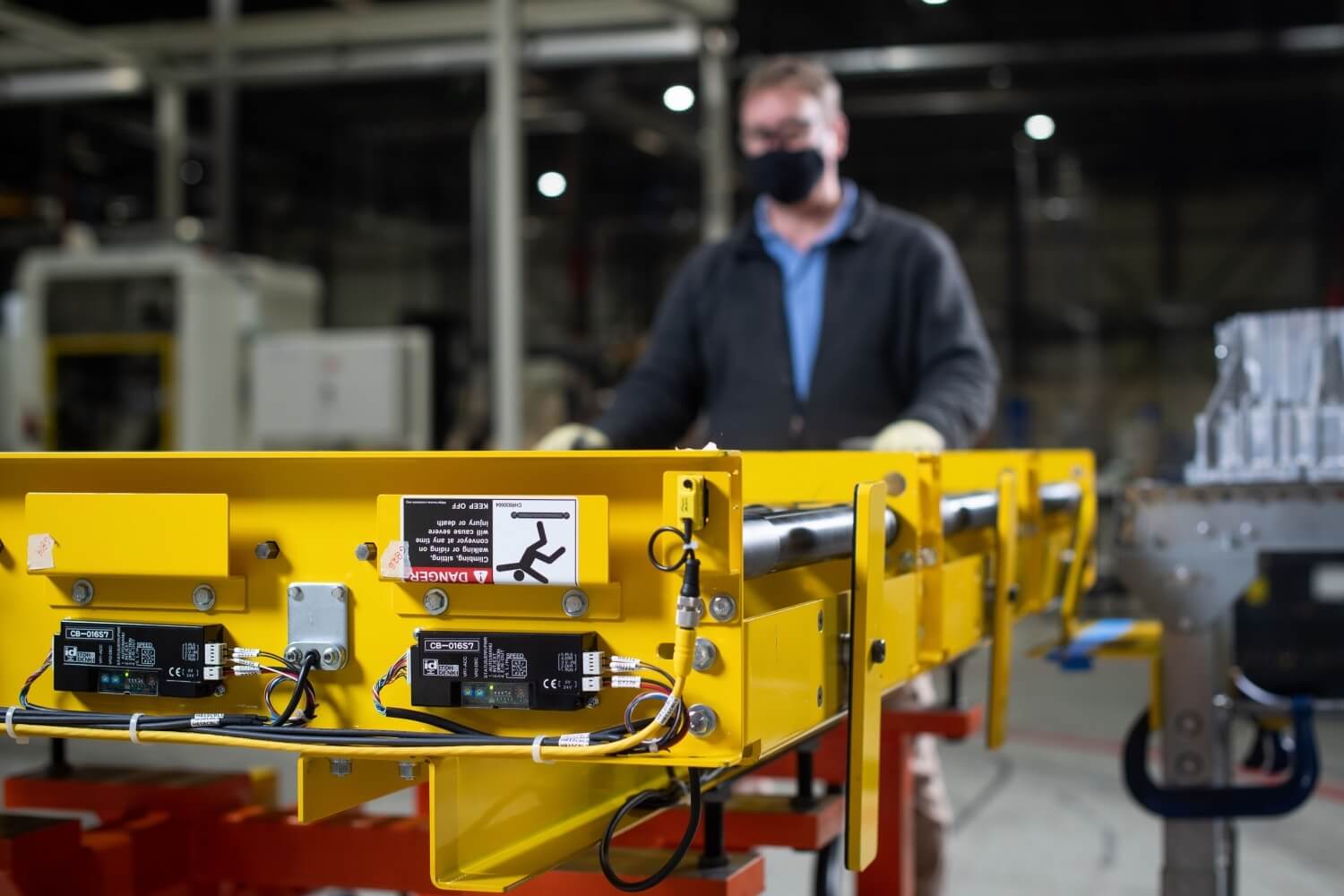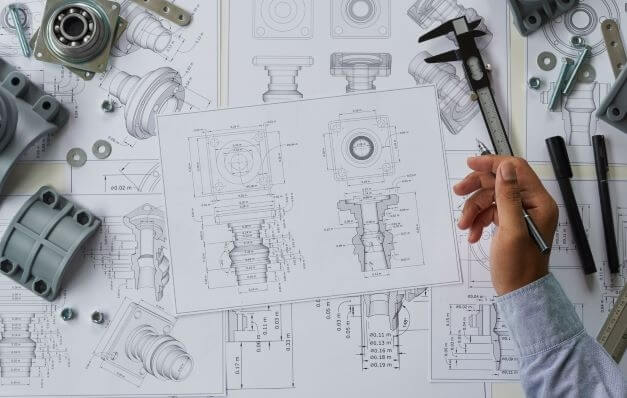This post is an excerpt of an article that first appeared in Automation World. Read the entire article, the first in a 4-part series by Jeanne Schweder, here.
How to Determine Automation Value and Focus
Manufacturers spend millions of dollars every year replacing failing automation components, yet often find their processes work no better than they previously did. So how do you justify the value of that investment? The technological advances in automation technology often go unused when new devices are installed to replace failing components. In some respects, it’s like buying a smartphone and using it only to make phone calls. If you never take photos, send a text message, deposit checks or surf the Internet, then you’re not even coming close to taking full advantage of its capabilities.
Most manufacturers use only 30% – 40% of their automation’s capabilities
That’s the situation many companies find themselves in despite spending significant amounts of money on automation products every year to keep their systems functioning. Most manufacturers use only 30-40 percent of a modern automation system’s capabilities, the result being that plants today—even those running on new technologies—are operating no better than they were with their old devices. For nearly a decade, since the economic implosion in 2008, companies have been using replacement parts as a stopgap to keep production going and delay major investments. But that strategy could be nearing its end of life, along with increasingly obsolete automation systems. Massive downsizing in the U.S. manufacturing workforce over the past two decades, whether through layoffs, offshoring or retirements, compounds the problem.
How to maximize returns on new automation investments
So if your current technology is causing too many problems, nearing the end of the road or limiting your ability to achieve business objectives, how can you maximize returns when you do invest in new automation? Ready, fire, aim doesn’t work in war any more than it does with automation projects. System integrators and automation suppliers point to the rules of engagement for achieving greater value from automation investments. The task of finding out what to spend, and where to spend it, invariably starts with a set of questions.
Are you seeing the trees or the forest?
Finding value often requires a reevaluation of your current processes to discover a more efficient means to the end. Mark Sobkow, vice president for manufacturing solutions at CSIA member RedViking, says there’s “real value in asking ‘dumb’ questions like, ‘Why do you do it that way?’” That was the starting point at a jet engine manufacturer, where RedViking was able to combine 30 different operations spread across 15 stations into three automated assembly stations. “Looking at the big picture allows you to reenvision the process, which can potentially save your company millions of dollars,” says Rod Emery, RedViking’s vice president of operations. “It also makes it easier to evaluate the merits of a project in terms of whether the proposed changes will deliver value to your business.” Emery adds, “Some companies appropriate their budgets based strictly on new product launches and have little concern with scrapping things like AGVs every year, buying new when their products change. But others make sure their automation solutions are for the long haul. They look for long-term value and consider the whole cost of a system, including maintenance, repair, downtime, training and injuries. When you do that, you stop looking at just replacing machines and start seeing it from a bigger perspective.” Read the rest of the article here.






